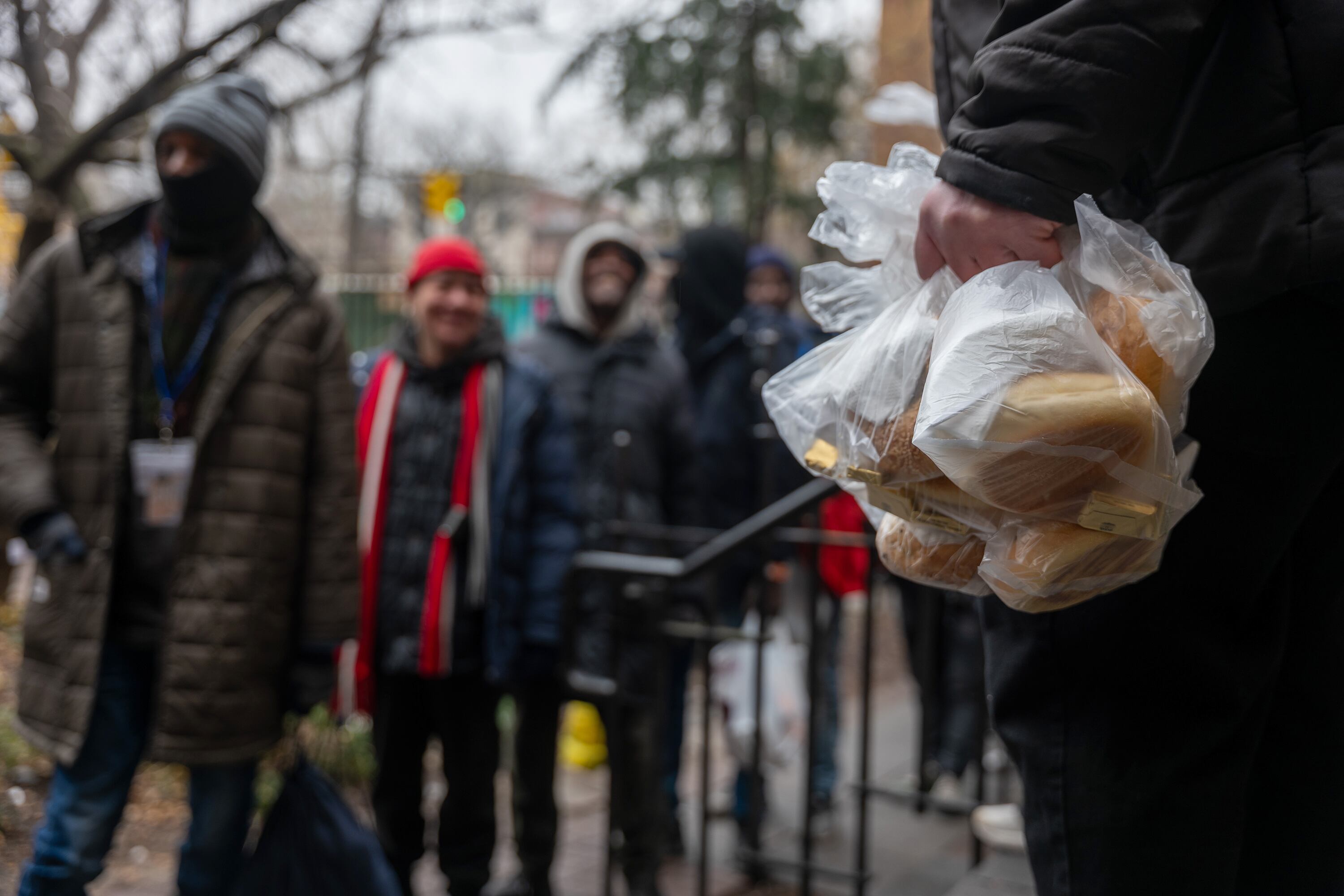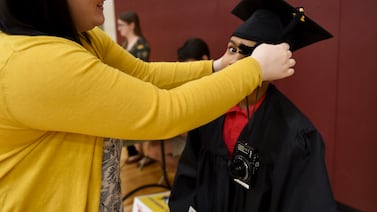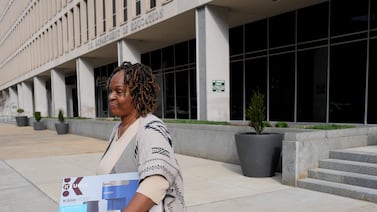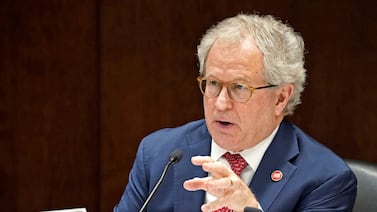Dollie and her daughter were living in a Queens homeless shelter in January when the first grader came down with a severe bout of mononucleosis.
Dollie, who asked to use only her first name, was overwhelmed by the task of managing her daughter’s medical care and mounting school absences on top of her own work and housing search.
Fortunately, there was a staffer from the city Education Department working in her shelter to help with exactly this kind of situation.
The staffer, called a community coordinator, helped connect Dollie with medical care for her daughter, showed her what records she needed to provide the school to excuse the absences, and calmed her down when it all became too much.
“I would’ve been lost,” without her, Dollie said. She credits the community coordinator with getting her daughter better treatment, ensuring she returned to school quicker, and helping Dollie avert an investigation from the Administration of Children’s Services.
But the roughly $12 million in funding that pays the salaries of 100 community coordinators working across the city’s network of homeless shelters is set to run dry this summer, leaving the fate of the staffers up in the air even as the city confronts record numbers of homeless kids.
Seventy-five of the community coordinators are funded with one-time federal pandemic aid that expires in June, and the remaining 25 are supported with city funds that have not yet been renewed.
The position of shelter-based community coordinator was created in 2022 at the urging of advocates. Prior to the pandemic, community coordinators were only based in schools. The Education Department also employs other staffers called “family assistants” who work in shelters and are not funded with federal aid. But advocates say those staffers, who make less than community coordinators and work only 10 months a year, often can’t meet all the complex needs of families in shelters.
The community coordinators are among a long list of critical staff members and programs whose funding is tied to expiring federal aid – a list that includes 450 school social workers, free preschool for 3-year-olds, and community schools that partner with community organizations to provide extra services to families.
As budget deadlines approach, families and advocates are urging the city to preserve the community coordinators, arguing they play a critical role on the frontlines of two colliding crises: the exploding number of students – many of them newly arrived migrants – living in homeless shelters, and elevated rates of chronic absenteeism in the wake of the pandemic.
“It is unthinkable that funding for shelter-based community coordinators is in jeopardy at a time of such tremendous need,” said Jennifer Pringle, the director of the Learners in Temporary Housing project at the nonprofit Advocates for Children, which works to support the education of homeless youth.
Education Department spokesperson Jenna Lyle said the coordinators “provide critical resources and supports to our young people in temporary housing.
“We are extremely grateful for the stimulus funding that we used to support a range of programs and roles that support student wellbeing, especially as we continue to respond to the ongoing migrant crisis,” she added. “We will review these priorities as we go through the budget process.”
NYC sees a record number of homeless students
The number of city children living in a shelter or doubled up last year hit a record high of roughly 120,000 – a 14% increase over the previous years – thanks in large part to an influx of tens of thousands of migrant families.
Many of those families need immediate support enrolling their kids in school, getting evaluations for special education services, and coordinating transportation – particularly if they have to move to a shelter in another part of the city under Mayor Eric Adams’s 60-day shelter limit rule.
That’s where the community coordinators come in. They work directly from the shelters, though they often have to bounce between multiple locations.
Having staffers knowledgeable about the school system physically in the shelters, rather than having to rely on phone calls or visits to the school, makes a huge difference for parents like Dollie.
“You have eye communication. You have more understanding, you don’t have to go to two to three people to get a direct answer,” she said. Knowing that her community coordinator had seen firsthand the conditions she was living in at the shelter also made Dollie more willing to open up to her, she said.
The community coordinator ended up helping not just with school issues for Dollie’s daughter, but also with Dollie’s own work, education, and housing needs.
“I had lost hope, I had lost a lot,” Dollie recalled. “She went above and beyond with helping me. She brought my self confidence back in me where it was able to help me with my child.”
Coordinators combat chronic absenteeism
Job one for community coordinators is helping families regularly get their kids to school.
Citywide, rates of chronic absenteeism remain far higher than before the pandemic, with students in shelters logging among the highest rates of absenteeism in the city. In the 2021-22 school year, 72% of students living in shelters were classified as chronically absent.
But figuring out how to support individual families means earning the trust of families and unraveling multiple, overlapping challenges keeping kids from school.
In one case, according to advocates, a community coordinator learned that a child was embarrassed to attend school because he’d outgrown his wheelchair, and helped fit him for a new one. In another, a coordinator helped connect a student who’d just had a baby to a public school with a day care on site.
When Dollie’s daughter fell ill with mononucleosis, she dealt with high fevers and lethargy that made it impossible to concentrate on schoolwork. The school called to warn Dollie about the mounting absences, which stretched to almost a month. But Dollie was most concerned about getting her daughter the care she needed and ensuring she wouldn’t infect other kids.
The community coordinator, meanwhile, checked in regularly, asking about the girl’s fever and helping connect Dollie with doctors. She didn’t pressure Dollie about the absences, but made sure she had everything she needed to feel ready to send her daughter back to school, Dollie said. Without that support, the absences would have likely extended even longer, and could have triggered additional consequences like a child welfare investigation, Dollie added.
The family left the shelter recently and moved out of the city, but Dollie worries what will happen to other families in similar positions if the community coordinators aren’t funded next year.
“I really hope they do keep her there,” she said. “Without them, these shelters are nothing.”
Michael Elsen-Rooney is a reporter for Chalkbeat New York, covering NYC public schools. Contact Michael at melsen-rooney@chalkbeat.org.






